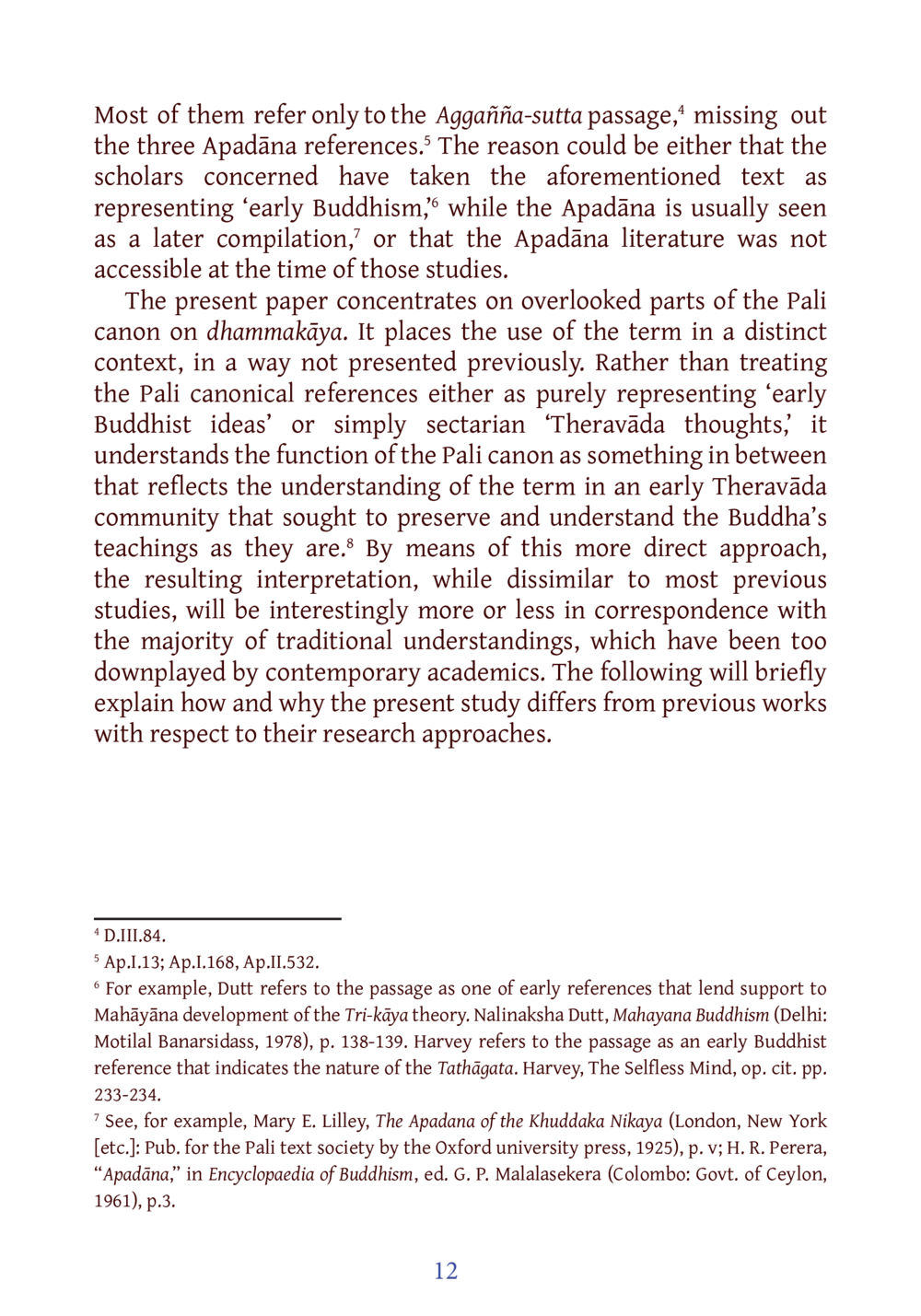Reinterpreting Dhammarāya in the Pali Canon : หน้า 33/141
DIRI Journal : หน้า 33/141 An exploration of the term dhammarāya in the Pali canon, focusing on its overlooked references and contextual significance.
3 ครั้ง

สรุปเนื้อหา
This paper examines the overlooked references to dhammarāya in the Pali canon, emphasizing a context not previously presented. It critiques the tendency to categorize texts strictly as ‘early Buddhism’ or sectarian ‘Theravāda thoughts.’ Instead, it offers a middle-ground perspective reflecting early Theravāda communities' understanding of the Buddha’s teachings. This nuanced interpretation aligns closely with traditional views that contemporary scholars may have undervalued. The paper outlines the reasons for its distinct approach and contrasts it with earlier studies, shedding light on a crucial aspect of Buddhist literature. More information can be found at dmc.tv.
หัวข้อประเด็น
-Pali canon context
-Interpretation of dhammarāya
-Early versus contemporary understandings
-Importance of Apadāna literature
-Theravāda perspective
ข้อความต้นฉบับในหน้า
หน้าหนังสือทั้งหมด













































































































































